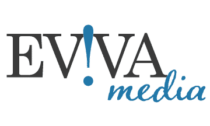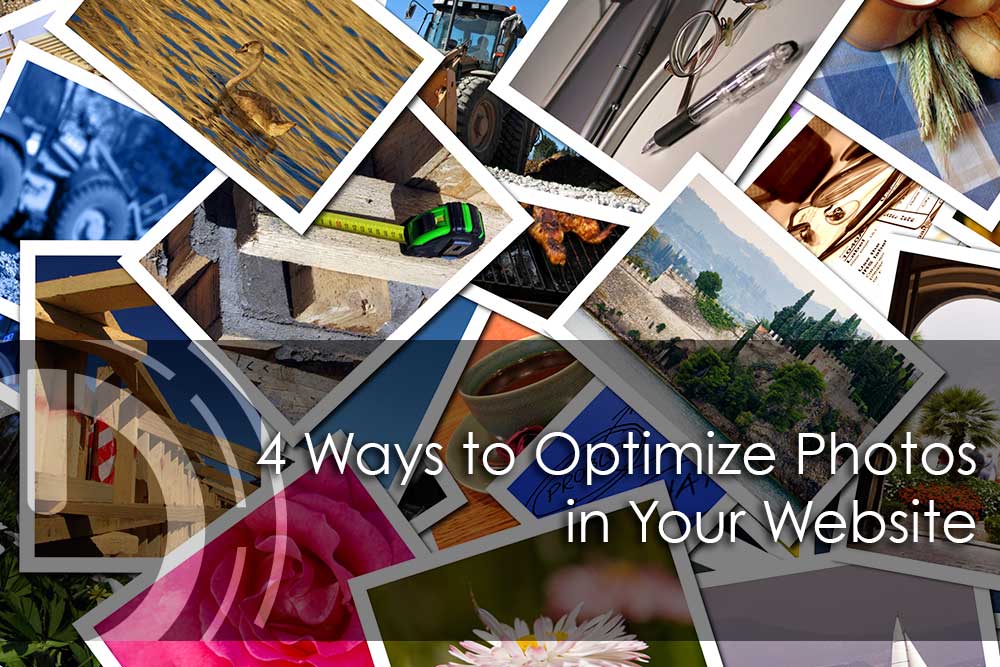Studies show that an average internet browser stays glued on a web page for a maximum of only 3 to 5 seconds. Online merchants should maximize this small period of time in order to get the attention of their prospective client. Unfortunately, many companies fail to make the most out of this window of opportunity and one of the most common pitfalls are the improperly prepared images on their web pages. To shed a light on this topic and to help clients, experts at Eviva Media share the following tips on optimizing website images.
Size Matters
One of the biggest issues we see when clients try to load their own photos to a website is the size of the image. If you are using high-resolution photos, your site will load slowly and not perform as well.
Adobe Photoshop is the most effective tool to optimize pictures before uploading them to your website. The editing features of Photoshop are client-friendly and even starters like you can navigate through the buttons. Moreover, the ‘save for web’ option of Photoshop is also available to help you prepare the image according to the requirements of a website.
If you aren’t familiar with Photoshop, there is an easy-to-use tool developed by Google called Squoosh that will compress the size of your images. Check it out here.
Name pictures using Keywords
Most company owners fail to re-name their images prior to using them on their web pages. You may have committed this mistake in your rush to set-up your web page. Default image names that are currently being used by most websites are camera-generated names, ex: DCMIMG_149. While there is nothing wrong in utilizing default image file names, these default image tags will not help you climb up website rankings.
We suggest you to use the specific descriptions of the images. For example, if you are maintaining a clothing store, you can rename the files based on the color, design, and inspiration of the photo.
Utilize clever alt tags
Alt tags are text substitute to picture file names. When browsers place their pointers over the pictures, the alt tag text will usually be displayed. Appropriate alt tags will also help your website appear on the first pages of Google and other search engines. Alt tag provides details of the image, however, creating appropriate alt source code is a tricky process. You want to utilize effective keywords on the alt tags of images.
Choose the best image format
Popular file formats include JPG, GIF, and PNG. These image file formats are the most commonly used formats nowadays. Choosing one over the other has its advantages and drawbacks for your website.
At a glance, saving files in JPG formats creates smaller file size and optimal color features. GIF, on the other hand, is best for animated picture graphics and decorative images while PNG formats provide better color details than GIF at a smaller file size. If this all sounds like Greek to you, check with your graphic designer or reach out to the team here at Eviva Media.
Optimizing images prior to incorporation on web pages is a crucial task. The tips provided in this article will help you obtain a nice webpage layout with fast loading features. If you want to make sure that you are doing it correctly, the digital marketing experts at Eviva Media will help you achieve your digital marketing goals.






